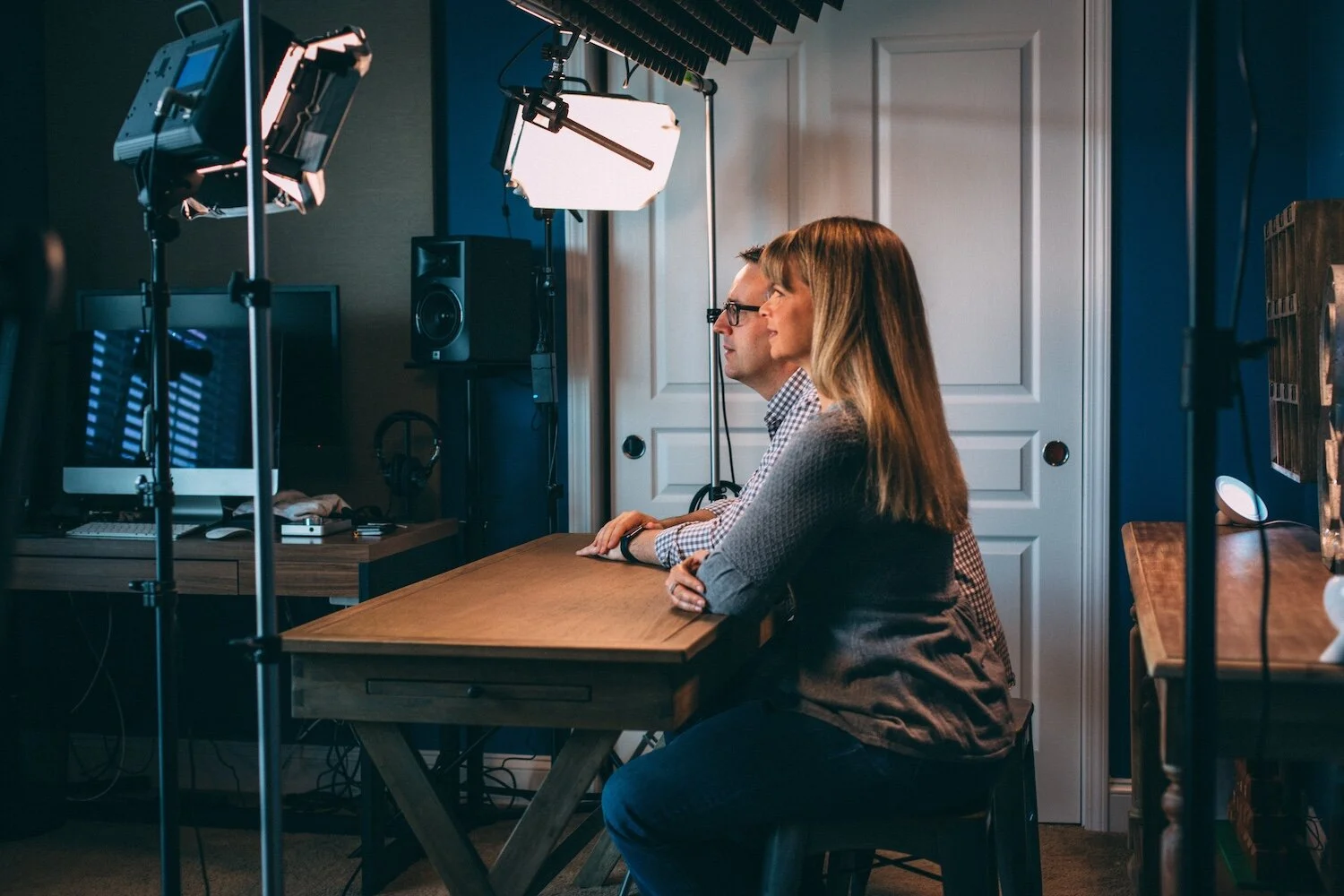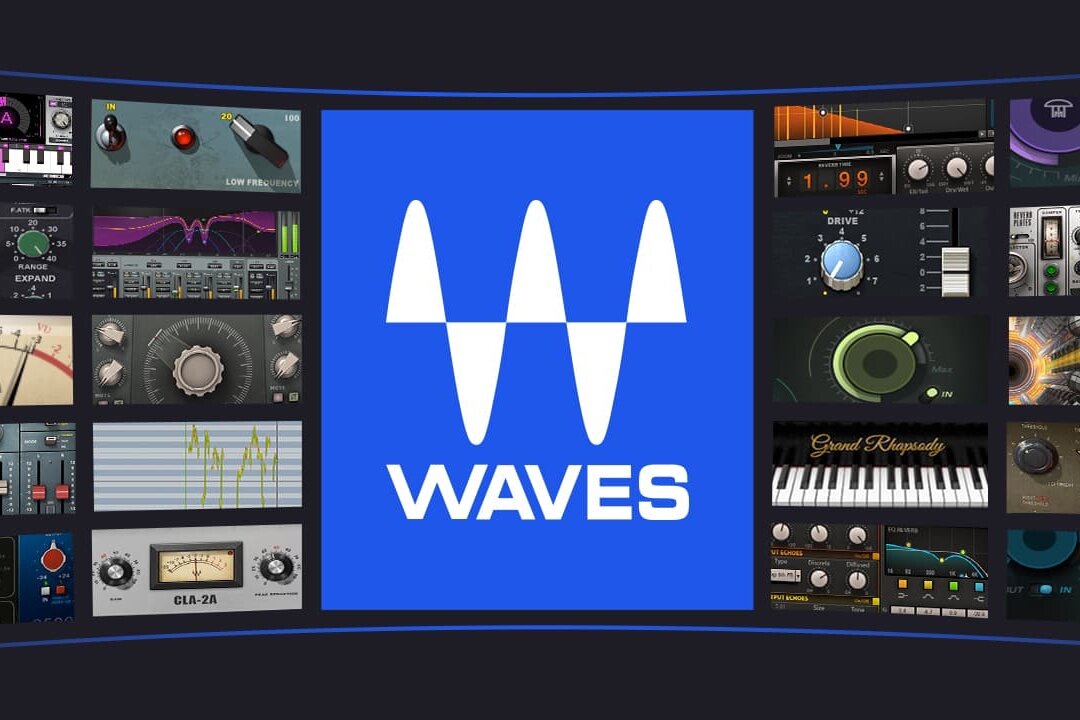This one is for the nerds (or just the interested!) and it’s always being updated. Here’s a list of all the gear we use to produce the podcast. On this page, most links are referral links to Amazon, which means we get a small kick-back (at no cost to you) if you purchase anything from this list.
microphones
AJ uses a Heil PR40. It’s a great mic and she sounds wonderful on it. We did a blind test of both of our voices on this and my mic (see below) and found that AJ sounds best on this mic and I sound best on mine (which is why we use what we use!). Her mic is held in a Heil PRSM shock mount to cut down on any sound from vibrations.
I use a Rode Procaster. Sadly I dropped it on a concrete floor and so the thread that is used to mount it to mic stands got a little bent. This means that the XLR cable can’t fully get in which produces a little buzz (which we remove in post with RX audio). But still I love the sound this mic produces. This mic is held in a Rode PSM1 shock mount to cut down on any sound from vibrations.
This is the mic we started on - the Audio Technica ATR2100! Maybe the first 50 or so episodes were with these mics. They sound great. They work with USB or XLR inputs and we still use them to this day for our guests. They are no longer being manufactured and have been replaced with the ATR2100x which seem like a refreshed version with USB-C.
All of our mics were mounted on Heil PL-2T booms. These are excellent boom arms that are very quiet and we used for years. We’ve since stopped using them because they obscured so much of the face when we switched to making a video version of the podcast. Now we just use these little desk mic stands (much noisier but look better).
Cameras
We shoot with a couple of Blackmagic Design Production Camera 4k with EF mounts. These are work horses. Solid, reliable and have never failed. They are getting a little long in the tooth now, but they’re cheap to pick up used and make editing a breeze as they record straight to SSD in ProRes. Blackmagic Design stopped making these a number of years ago - any of the newer models will be excellent.
We use Sigma 18-35mm F1.8 Art lenses. I can’t say enough good things about these lenses. The color, bokeh and clarity is just gorgeous. The original footage in 4K ProRes is just beautiful. Love ‘em.
sound interfaces
Photo courtesy Amazon
This little fella - the Zoom H6 - is what we’ve used from the beginning until we upgraded to the Apogee Quartet (see below). You plug your mics into it, and then hit record. It records all the tracks separately onto an SD card. Alternatively you can plug it into your computer and record direct to disk. Like I said we’ve used this for well over 100 episodes and to this day still use it for backup audio when recording video work (though not the podcast).
Photo courtesy Apogee
This is what we finally upgraded to: the Apogee Quartet. We were on the fence for a while because it was a big upgrade financially but have loved using it. Again, plug in all your mics to the Quartet, plug the Quartet into your Mac and from Logic you can control everything you need to without touching the Quartet.
software
Logic Pro X is where we used to do all our editing. It’s a rediculously overpowered piece of software for editing a couple of tracks but it’s fast, stable and once you learn the (weird) keyboard shortcuts it’s great. I’d hate to think how much time I’ve spent inside Logic! Since we started producing a video podcast, the vast majority of editing happens in Final Cut Pro but we still use Logic.
Final Cut Pro is where the bulk of our editing happens. We wrote a document about how we use both Logic and Final Cut to produce the podcast. Fast, stable and a joy to use - we’re big fans of Final Cut Pro.
RX Audio has been indispensable. I can’t count the number of times this piece of software has saved the podcast. Whether it’s really poor audio from an electrical hum, a remote guest forgetting to turn off their AC or just something ugly on the track that needs deleted. It’s like Photoshop for audio.
Image courtesy waves
Warning: you can go off the deep end with endless plugins, all of which might not make that much difference. The good news with waves is that their plugins are always on sale. We’ve used a bunch of different waves plugins over the years but the one we consistently use is their vocal rider plugin to keep our individual volumes consistent.
Got a question?
If you’ve got a question about the gear that we use (or anything podcast related) - shoot us an email and we’ll do our best to help.












